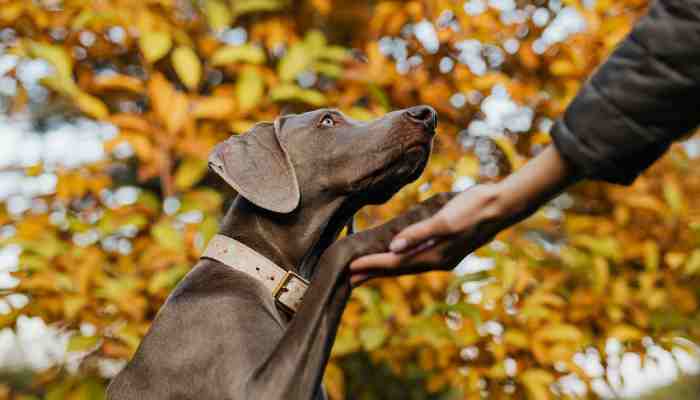As our beloved furry companions age, they require extra attention and care to ensure their comfort and wellbeing. Dogs, just like humans, can experience a range of age-related issues such as arthritis, hearing and vision loss, decreased mobility, and cognitive decline. As pet parents, it’s our responsibility to make their golden years as comfortable and enjoyable as possible. With a few simple modifications, we can create a senior dog-friendly home that caters to their unique needs.
One of the first things to consider when creating a senior dog-friendly home is the layout of your home. Senior dogs may have difficulty navigating stairs or steep inclines, so it’s best to limit their access to upper floors. If your dog needs to climb stairs, consider installing a ramp or providing a supportive harness to help them. Additionally, remove any clutter or tripping hazards to make it easier for your dog to move around.
Next, make sure your senior dog has a comfortable place to rest. Orthopaedic beds are a great option for dogs with joint pain, as they provide extra support. Additionally, placing a soft, non-slip mat or rug on hard floors can help prevent slipping and provide extra cushioning for your furry friend’s tired joints.
As dogs age, their senses may decline, so it’s important to make accommodations. For example, older dogs may have difficulty seeing in low light, so ensure that your home is well-lit. You may also want to consider installing nightlights or motion-activated lights in hallways and other areas your dog frequents. Additionally, consider using scents to help your dog find their way around. Placing a few drops of essential oil on your dog’s bed or near their food bowl can help them navigate using their sense of smell.
Another consideration is your dog’s diet. As dogs age, their nutritional needs change. Senior dogs may benefit from a diet that is lower in calories and higher in protein to support muscle maintenance. Speak to your vet for advice on the best diet for your senior dog. In addition, make sure your dog has access to clean, fresh water at all times. Dehydration is a common issue in senior dogs, and it can lead to a range of health problems.
Finally, provide mental and physical stimulation for your senior dog. Daily walks can help keep your dog active and prevent obesity, which can lead to joint pain and other health issues. However, be sure to adjust the length and intensity of your walks to suit your dog’s abilities. Shorter, more frequent walks may be better for dogs with mobility issues. Additionally, provide puzzle toys or interactive games to keep your dog’s mind engaged.
In conclusion, creating a senior dog-friendly home is about making small modifications that can greatly improve your dog’s comfort and quality of life. By considering your dog’s needs and making adjustments to your home, you can ensure that your furry companion enjoys their golden years to the fullest. Remember to consult with your vet if you have any concerns or questions about your senior dog’s health and wellbeing.



